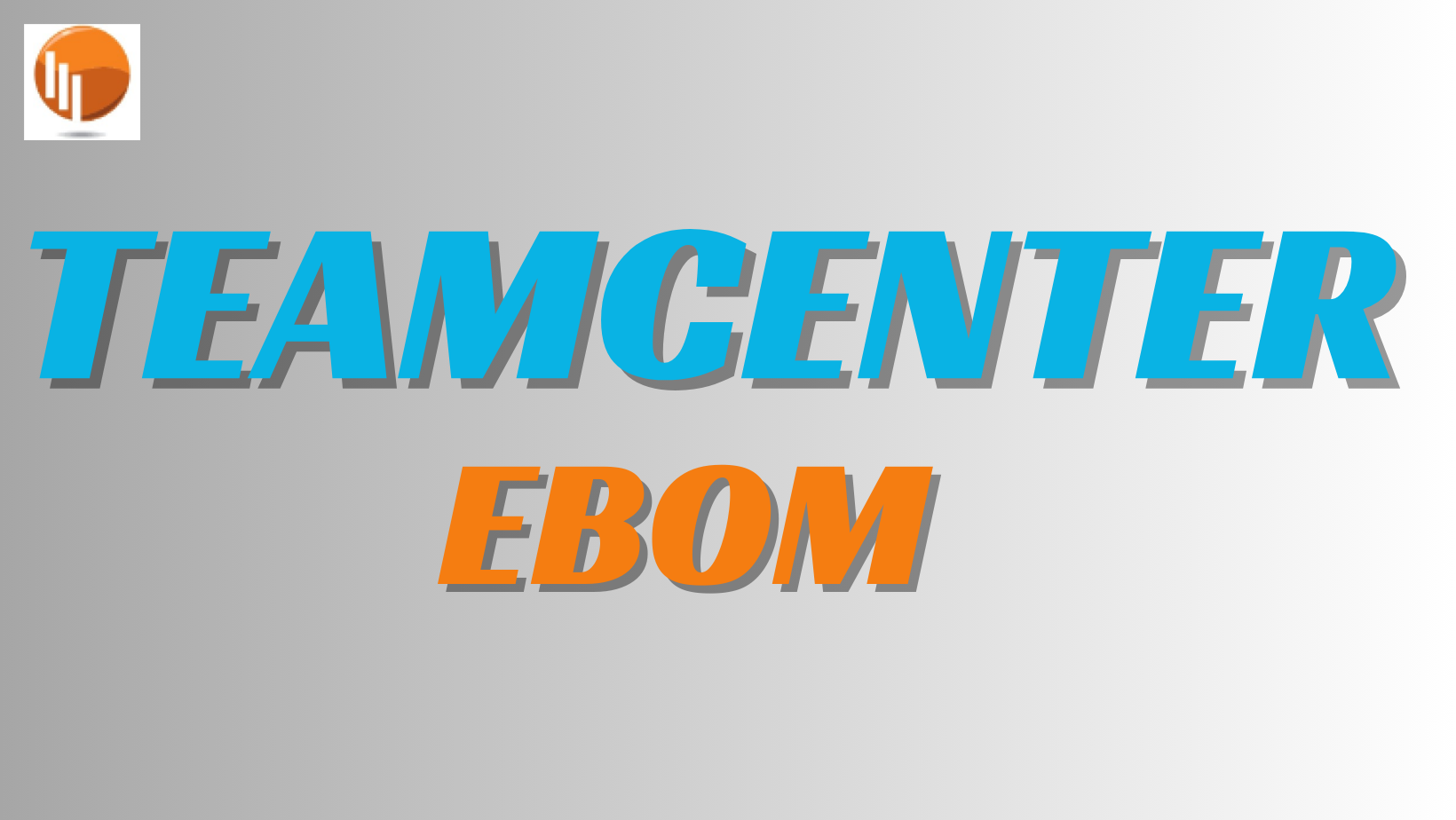
Welcome to the world of Teamcenter EBOM, where engineering bill of materials management reaches new heights of efficiency and collaboration.
In this comprehensive guide, we’ll delve into the fundamentals and solution concepts of EBOM, exploring its key elements, behavior models, and collaborative capabilities.
Understanding Teamcenter EBOM Fundamentals
At the core of EBOM lies the Unified BOM Architecture, which provides robust foundations for both design data management and bill of material authoring. This architecture facilitates concurrent access to products and part assemblies, independent lifecycles for occurrences of parts, effectivity-driven capabilities, and multiple views of the product.
Exploring Collaborative Products and Part Usages

Collaborative Products and Parts serve as the cornerstone of EBOM, enabling concurrent access and lifecycle control of engineering bill of materials. A Collaborative Product represents a top-level product item, fostering multi-domain parts list management. On the other hand, Part Usages are independently managed occurrences with their own lifecycles, offering granular change control and efficient collaboration.
Active Change and Design BOM Alignment

Active Change automation streamlines change tracking and effectivity assignment, ensuring seamless progression through different states in the product lifecycle. Design BOM Alignment bridges the gap between part usage and design occurrence, facilitating real-time 3D visualization and BOM-driven Digital Mock-Up (DMU) with precision and accuracy.
Leveraging Partitions for Flexible Views
Partitions empower organizations to manage product breakdowns consistently across all engineering bills of material. With flexible views offered by partitions, duplication-free organization of EBOM becomes a reality, eliminating the need for multiple copies and reducing costs.
Understanding Occurrences vs. Part Usages
Distinguishing between occurrences and part usages is essential in comprehending EBOM behavior models. While occurrences are hierarchical structure relationships tied to parent assemblies, part usages offer independent lifecycles and change control. Part usages enable granular change management and efficient collaboration, akin to an ERP system’s functionality.
Collaborative Workflows in EBOM
In EBOM, collaboration is seamlessly facilitated through parallel changes and granular control. Unlike traditional assembly models, where each change necessitates a new assembly revision, EBOM’s part usage model allows multiple changes concurrently, enhancing collaboration and understanding of BOM modifications.
Conclusion
Teamcenter EBOM revolutionizes engineering bill of materials management, offering unparalleled efficiency, collaboration, and control. By embracing collaborative products, part usages, active change, design BOM alignment, and partitions, organizations can navigate the complexities of product development with ease and precision.
Contact Us to Get Our PLM Services
CONTACT INFO
Hotline: +1.248-275-4138
- info@autotechmation.com
- 27950 Orchard Lake Rd Suite #116 Farmington Hills MI 48334
